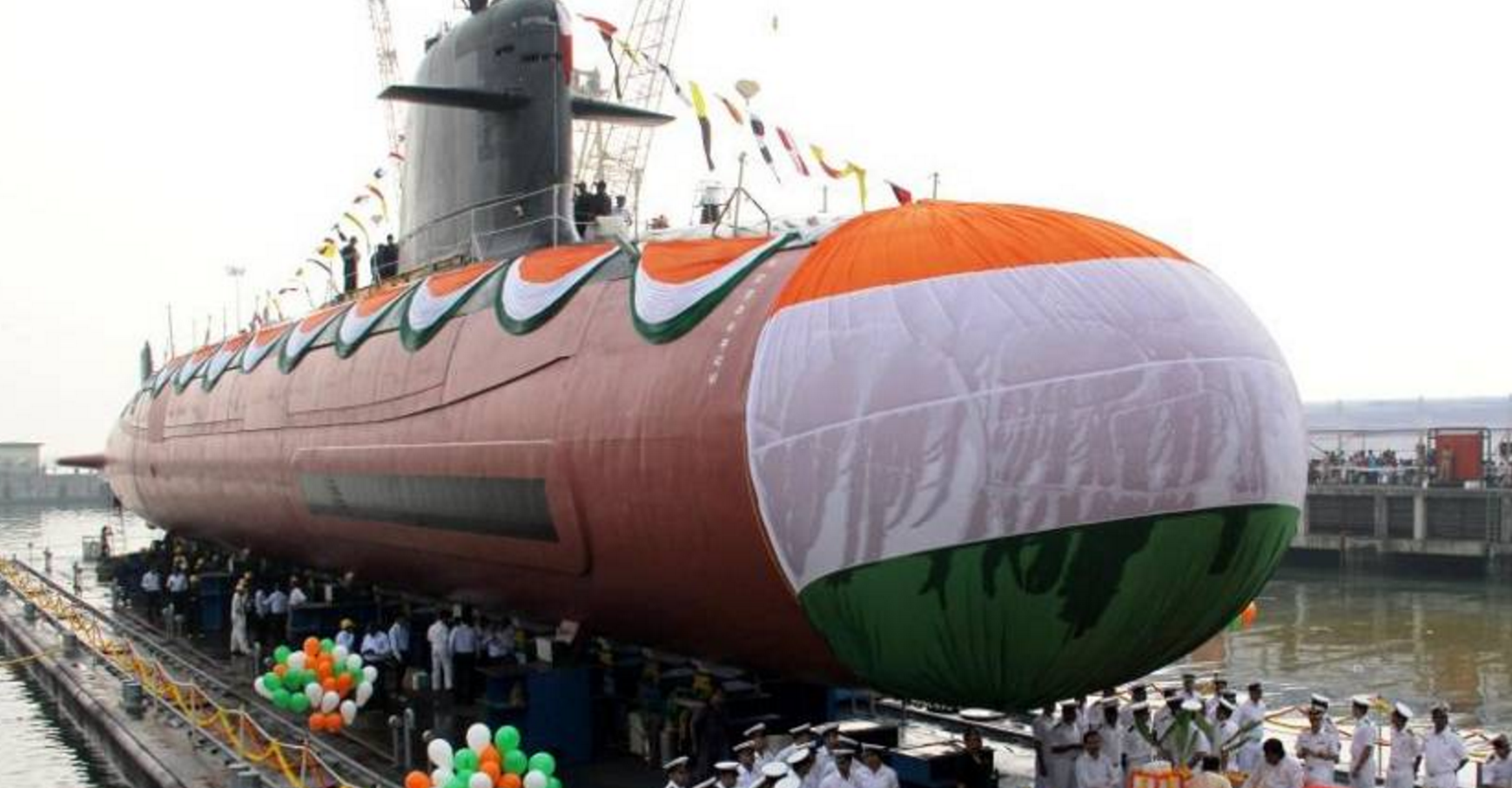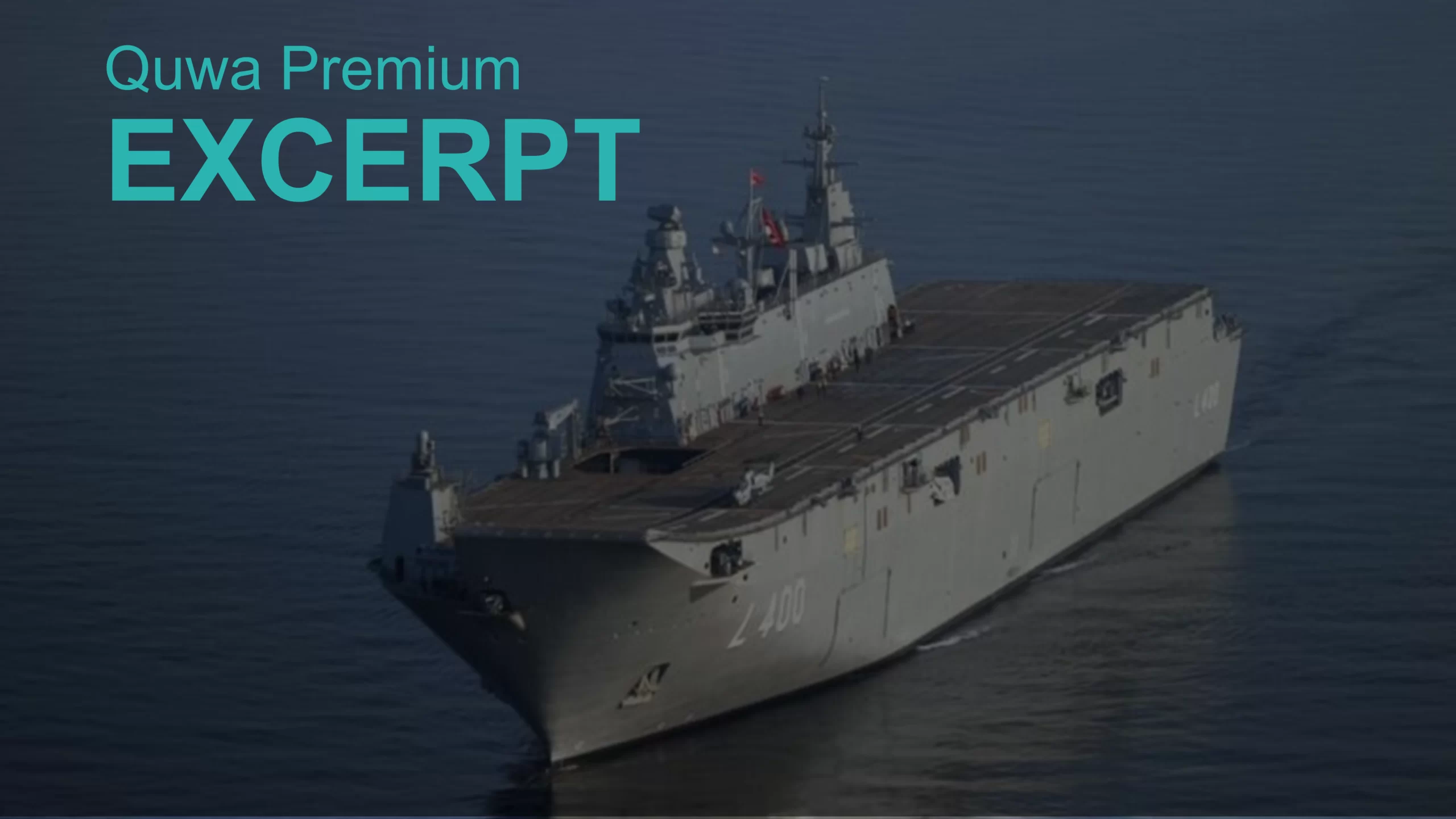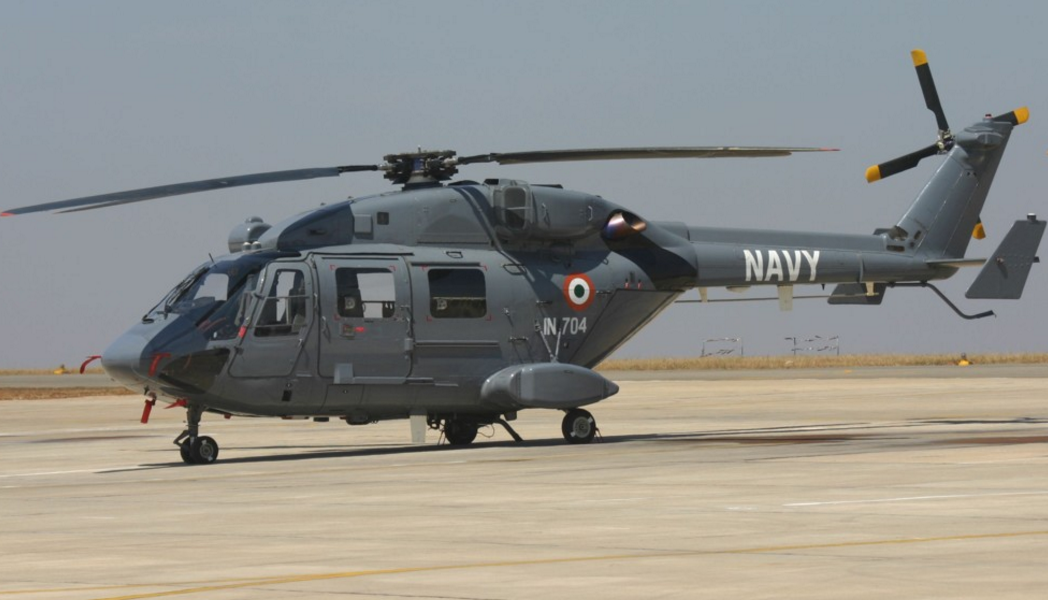2424Views 4Comments

Reports claim India will not use DRDO AIP to power Scorpenes
Defense News has reported that the Indian Navy will not be integrating a homegrown air-independent propulsion (AIP) system to its forthcoming DCNS Scorpene conventional submarines.
An official implied to Defense News that the AIP program being undertaken by the Defence Research and Development Organization (DRDO) was impeding the Indian Navy’s pursuit for another submarine type – i.e. Project 75(I). However, with the decision to put not commit to this AIP system, New Delhi is expected to float the Project 75(I) tender in the near-term.
Notes & Comments:
Officially verifiable details have not yet been released, but DRDO’s fuel-cell AIPs were destined to power the final two (of six) Indian Navy Scorpene submarines. The Indian Navy’s apparent disinterest in DRDO’s AIP does not mean that the need for an AIP submarine has necessarily diminished.
While India is working to make strides in nuclear-propulsion, which would enable for long-endurance (as well as high-speed) sub-surface operations, conventional AIP – especially fuel-cells – imbue submarines with low levels of acoustic detectability. Mature AIP solutions are also generally more affordable and less complex to integrate and operate.
The implication from the Defense News piece is that the DRDO AIP program was a reason why New Delhi did not formally push the Project 75(I) towards prospective vendors. With that reportedly changing, it is possible that India could make a play for foreign AIP technology – or at least developmental assistance in AIP technology – from the winning vendor(s).



4 Comments
by GhalibKabir
Not surprising that DRDO is having difficulty with the size and operational aspects of the PAFC (Phosphoric Acid Fuel Cell). The main argument was that using Diesel on-board for hydrogen generation (rather than stored hydrogen such as the type 212/4 Siemens PEMFC) was better.
Issue: Even using an organic membrane PAFC would still not reduce operating temperature by much and apparently there are issues reducing size which is a premium in a 2000 odd ton SSK. Neither is the power density helpful for a intense draw down during war like situation.
The Project 75i might offer a way out, if the Type 214 is used as a base with the PEMFC being made the choice AIP system, advantages being upto 15-20% extra efficiency over PAFC and higher power density. DRDO can transfer tech learnings and integrate the PEMFC instead on the last two Scorpenes and the new Type 214 derivative SSKs.
Lithium batteries are the best in terms of power efficiency and silent ops.. but they are likely to be very expensive as the Japanese submarine program shows. no LIB AIP in South Asia anytime soon.
by GhalibKabir
The choice for the project 75i then could boil down to Type 212 derivative if the PEMFC type AIP is the choice or it could be the Kilo/Amur derivative if the Kristal 27E AIP is the choice…
Hopefully India goes the German way… don’t want to be stuck with 6 more Russian SSKs….
by amar
HI bilal,your news had an implication it seems.DRDO is going to test their AIP by the year end!
http://idrw.org/drdo-gearing-up-for-year-end-trials-of-its-air-independent-propulsion-systems/
by MT
DRDO is scheduled to test its land based AIP prototype in december 2016
With rough estimate, AIP requires 5-6 yrs time to mature- Miniaturization is the key concern so as to be fit in small diameter hull of SSK
India should allow DCNS to license produce next gen of AIP in India. But P75I is not concern wrt AIP,given it caters to large chunk of financial resource which will smoothly get AIP technology from any of the vendors. Type of AIP & its level of maturity is more important measure.
The mistake of not choosing DCNS AIP in 2005 while realizing that DRDO started work on AIP only frm 2010 was a big mistake. It requires a decade effort to develop indigenous AIP.
So Indian navy must invest more resources on SSBN,SSN which require less than1 bill$/unit to manufacture.
On the contrary, Scropene class fabricated in india, require 700-800 mill$/per unit piece without AIP whose prices rise 10% yearly!
Post DCNS scandal, Indian govt scrapped DCNS proposal to build AIP in India- Its time govt renegotiate with french and german company for the AIP technology.
Even chinese got swedish tech & they r using it as base to mature their own technology!